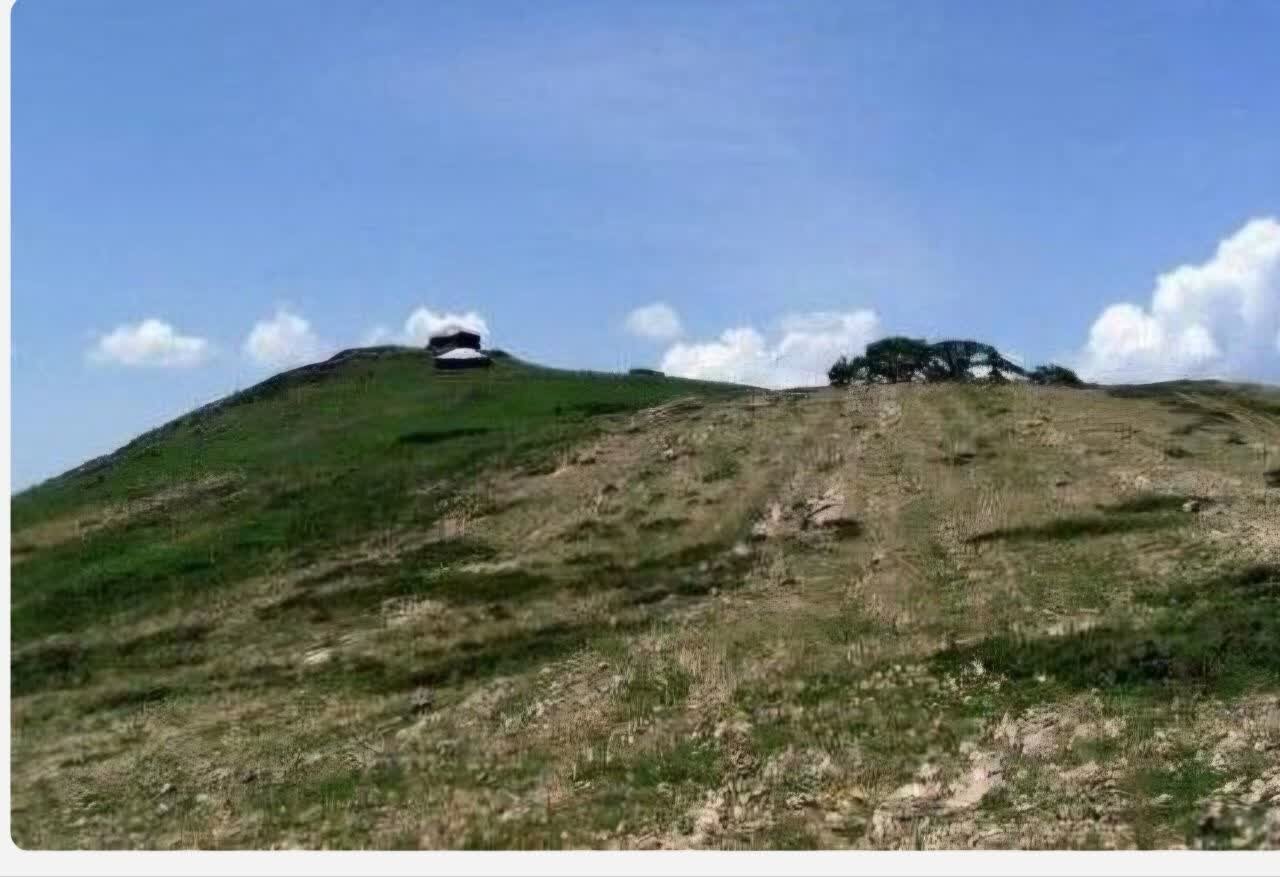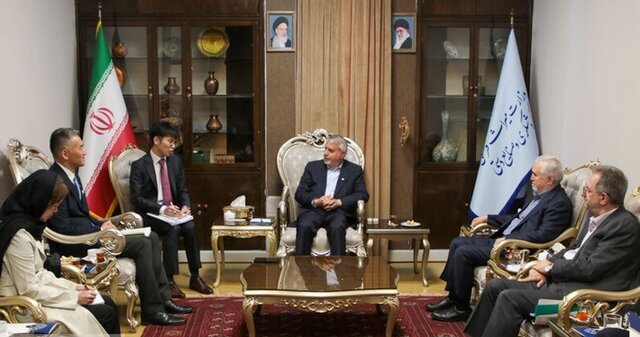
Similar Posts

Revitalizing Heritage: 50 Exciting Cultural Restoration Projects Launching in Fars Province
In Fars, Iran, 50 restoration projects are underway to preserve the province’s rich cultural heritage, vital for maintaining its identity for future generations. Funded by national and provincial budgets, these efforts span 16 counties, with some projects already completed. Notable sites include Persepolis and Pasargadae, both UNESCO World Heritage sites, showcasing ancient Persian architectural brilliance. The provincial capital, Shiraz, renowned for its gardens and historical monuments, also plays a key role in attracting tourism. These initiatives not only protect Fars’ cultural legacy but also promote education and appreciation of its historical significance, inspiring similar efforts in other regions.
Discover Naqsh-E Jahan Square: Isfahan’s Iconic Landmark and Iran’s Architectural Marvel
Naghsh-e-Jahan Square in Isfahan, Iran, is a UNESCO World Heritage site renowned for its architectural brilliance from the Safavid period. Built during Shah Abbas’s reign, this expansive square features iconic attractions such as the Ali Qapu Palace, Imam Mosque, Sheikh Lotf Allah Mosque, and Qeisarieh Gate. Surrounding the square are 200 chambers showcasing Isfahan’s renowned handicrafts, enriching its cultural vibrancy. Recognized for its historical significance, Naghsh-e-Jahan Square is often compared favorably to other global squares, highlighting its architectural harmony. It serves as a lively hub for tourists and locals, offering shopping, dining, and cultural experiences while preserving Iran’s heritage.

Stunning Discovery: Ancient Greek Tomb Unearthed Near Corinth Reveals Secrets of a Lost Civilization
The Ministry of Culture has announced the discovery of an ancient Greek tomb site near Tenea in Corinth, resembling Hellenistic Macedonian tombs. The site features a unique “T”-shaped layout with a corridor and a burial chamber, housing a well-preserved sarcophagus believed to contain an adult woman. Archaeologists found various artifacts, including a gold ring depicting Apollo, Hellenistic coins, and votive offerings, indicating the site’s historical and religious significance. The tomb, used until the 4th century AD, has been linked to burial practices and rituals. Ongoing excavations promise to unveil further insights into ancient Greek culture and traditions.

Unlocking Cultural Synergy: Iran and Japan Set to Establish a New Model for Asian Cooperation
Iran’s Minister of Cultural Heritage, Seyyed Reza Salehi-Amiri, met with Japan’s Ambassador, Tsukada Tamaki, to enhance bilateral relations, focusing on tourism, education, sports, and handicrafts. Salehi-Amiri praised Japan’s positive image in Iran, which fosters mutual respect and cultural exchange. He proposed establishing a joint exhibition network and emphasized Iran’s diverse tourism potential. Salehi-Amiri also suggested inviting Japanese cultural and tourism figures to Iran to improve perceptions. Ambassador Tamaki highlighted the importance of language for cultural understanding and noted the upcoming 2029 centenary of official diplomatic ties, presenting opportunities for deeper collaboration between the nations.

Exciting Discovery: Hidden Limestone Cave Uncovered in Rural Backyard After Land Subsidence!
A burst water pipe in Barzok, near Kashan, has revealed a hidden limestone cave, intriguing cavers and geological experts. The cave features two levels and corridors extending 50 meters, with a vertical passage descending 10 meters. Discovered by a local resident, the cave is believed to have once contained a freshwater spring that has dried up. The Iranian Caving Association is mapping the cave, which spans 350 to 400 square meters, emphasizing the need for preservation as it is unsuitable for tourism. The association has a national framework categorizing caves for conservation, stressing the importance of protecting such geological formations.
